Best Chatbots in 2025
By 2026, chatbots are expected to become even more advanced, integrating cutting-edge technologies like Artificial Intelligence (AI), Natural Language Processing (NLP), and Machine Learning (ML). In this blog, we’ll explore the best chatbots in 2025, their features, and how they’re transforming industries.

Chatbots have come a long way since their inception. What started as simple rule-based systems has evolved into sophisticated AI-powered assistants capable of handling complex tasks. By 2026, chatbots are expected to become even more advanced, integrating cutting-edge technologies like Artificial Intelligence (AI), Natural Language Processing (NLP), and Machine Learning (ML). In this blog, we’ll explore the best chatbots in 2025, their features, and how they’re transforming industries. Plus, I’ll share how I, Muyinda Brian, can help you integrate these chatbots into your business.
Why Chatbots Matter in 2025
Chatbots are no longer just a trend—they’re a necessity for businesses looking to stay competitive. Here’s why chatbots will be indispensable in 2025:
-
24/7 Customer Support: Chatbots provide instant responses, ensuring customers get help anytime, anywhere.
-
Cost Efficiency: Automating repetitive tasks reduces operational costs and frees up human agents for more complex issues.
-
Personalization: AI-powered chatbots deliver personalized experiences by analyzing user data and behavior.
-
Scalability: Chatbots can handle thousands of conversations simultaneously, making them ideal for growing businesses.
-
Integration: Modern chatbots integrate seamlessly with CRM systems, e-commerce platforms, and other tools.
By 2025, chatbots will be smarter, faster, and more intuitive, revolutionizing how businesses interact with customers.

Caption: Chatbots are transforming customer engagement and automation.
Top Chatbot Trends in 2025
Before diving into the best chatbots, let’s explore the trends that will shape the chatbot landscape in 2025:
1. Conversational AI
Chatbots will become more conversational, understanding context, tone, and intent to deliver human-like interactions.
Example: A chatbot that can handle multi-turn conversations and remember user preferences.
2. Voice-Activated Chatbots
With the rise of voice assistants like Alexa and Google Assistant, voice-activated chatbots will become more common.
Example: A voice-activated chatbot for ordering food or booking appointments.
3. Emotion AI
Chatbots will be able to detect and respond to user emotions, creating more empathetic interactions.
Example: A customer support chatbot that detects frustration and escalates the issue to a human agent.
4. Omnichannel Integration
Chatbots will operate seamlessly across multiple platforms, including websites, social media, and messaging apps.
Example: A chatbot that provides consistent support on WhatsApp, Facebook Messenger, and your website.
5. AI-Powered Analytics
Chatbots will use AI to analyze customer data and provide actionable insights for businesses.
Example: A chatbot that identifies common customer pain points and suggests improvements.
The Best Chatbots in 2025
Here are the top chatbots expected to dominate the market in 2025:
1. OpenAI’s ChatGPT-5

Caption: OpenAI’s ChatGPT-5 is setting the standard for AI-powered chatbots.
OpenAI’s ChatGPT series has already set the standard for AI-powered chatbots. By 2025, ChatGPT-5 is expected to be even more advanced, with improved NLP, better context understanding, and enhanced customization options.
Key Features:
- Human-like conversations.
- Multilingual support.
- Integration with third-party tools.
Use Case: Customer support, content generation, and virtual assistants.
2. Google’s Dialogflow X
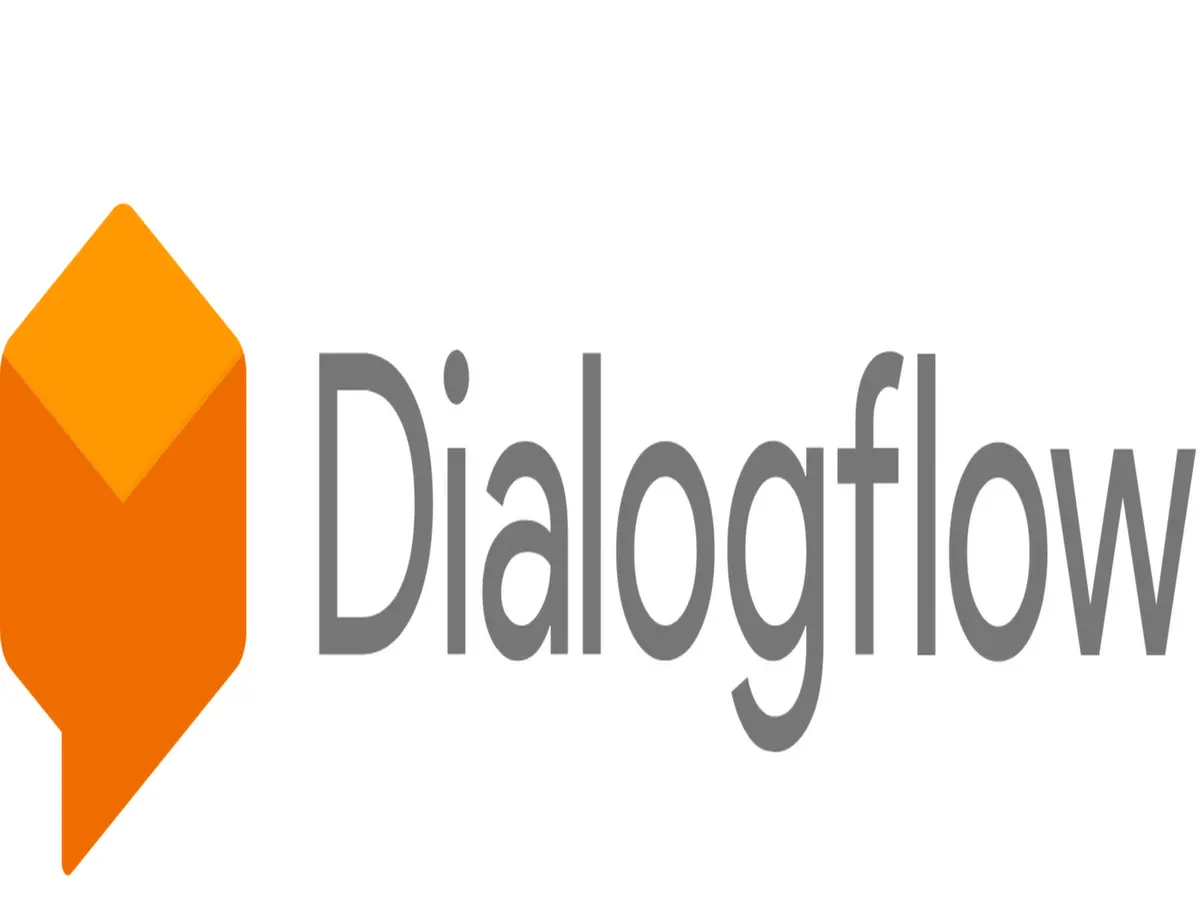 Google’s Dialogflow is already a popular choice for building conversational agents. By 2025, Dialogflow X is expected to offer even more advanced features, including emotion detection and voice integration.
Google’s Dialogflow is already a popular choice for building conversational agents. By 2025, Dialogflow X is expected to offer even more advanced features, including emotion detection and voice integration.
Key Features:
- Seamless integration with Google Cloud.
- Advanced NLP capabilities.
- Voice and text support.
Use Case: E-commerce, healthcare, and education.
3. Microsoft’s Azure Bot Service
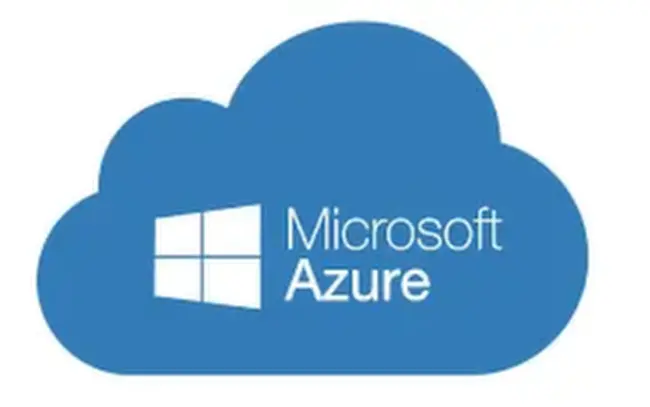 Microsoft’s Azure Bot Service is a powerful platform for building enterprise-grade chatbots. By 2025, it’s expected to offer enhanced AI capabilities, including predictive analytics and omnichannel support.
Microsoft’s Azure Bot Service is a powerful platform for building enterprise-grade chatbots. By 2025, it’s expected to offer enhanced AI capabilities, including predictive analytics and omnichannel support.
Key Features:
- Integration with Microsoft 365 and Dynamics 365.
- AI-powered insights.
- Scalable and secure.
Use Case: Enterprise automation, customer service, and HR support.
4. IBM Watson Assistant
 IBM Watson Assistant is known for its robust AI capabilities and enterprise focus. By 2025, it’s expected to offer even more advanced features, including emotion AI and industry-specific solutions.
IBM Watson Assistant is known for its robust AI capabilities and enterprise focus. By 2025, it’s expected to offer even more advanced features, including emotion AI and industry-specific solutions.
Key Features:
- Industry-specific templates.
- Emotion detection.
- Seamless integration with IBM Cloud.
Use Case: Healthcare, finance, and retail.
5. Rasa Pro
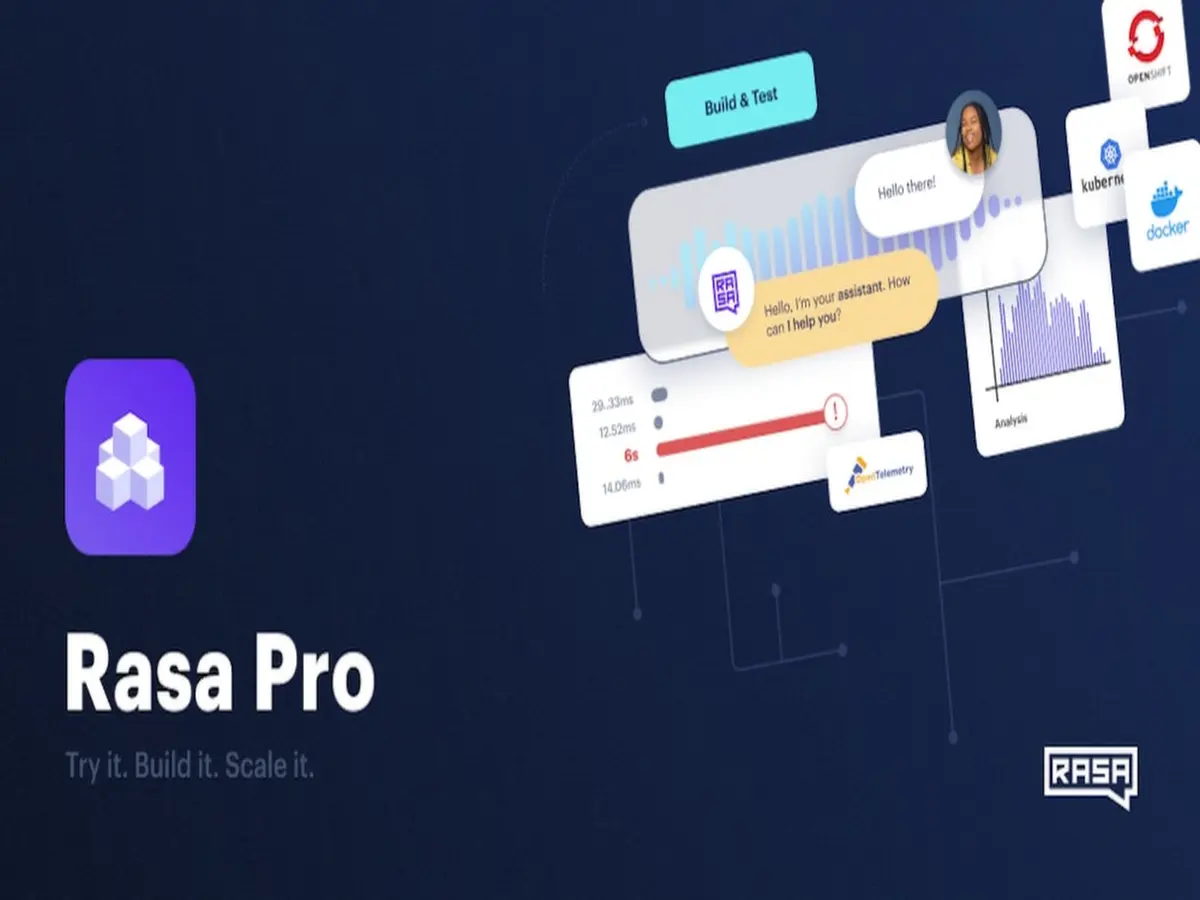 Rasa is an open-source chatbot framework that’s gaining popularity for its flexibility and customization options. By 2025, Rasa Pro is expected to offer advanced features like voice integration and AI-powered analytics.
Rasa is an open-source chatbot framework that’s gaining popularity for its flexibility and customization options. By 2025, Rasa Pro is expected to offer advanced features like voice integration and AI-powered analytics.
Key Features:
- Open-source and customizable.
- Voice and text support.
- Advanced analytics.
Use Case: Startups, developers, and businesses looking for customizable solutions.
6. Salesforce Einstein Bot
 Salesforce’s Einstein Bot is designed for businesses using the Salesforce ecosystem. By 2025, it’s expected to offer enhanced AI capabilities, including predictive analytics and seamless CRM integration.
Salesforce’s Einstein Bot is designed for businesses using the Salesforce ecosystem. By 2025, it’s expected to offer enhanced AI capabilities, including predictive analytics and seamless CRM integration.
Key Features:
- Integration with Salesforce CRM.
- AI-powered insights.
- Omnichannel support.
Use Case: Sales, marketing, and customer support.
7. Amazon Lex V2
 Amazon Lex is the technology behind Alexa, and by 2025, Lex V2 is expected to offer even more advanced features, including emotion detection and multilingual support.
Amazon Lex is the technology behind Alexa, and by 2025, Lex V2 is expected to offer even more advanced features, including emotion detection and multilingual support.
Key Features:
- Voice and text support.
- Integration with AWS services.
- Scalable and secure.
Use Case: E-commerce, logistics, and customer service.
How I Can Help You Integrate Chatbots
As an experienced developer, I can help you integrate the best chatbots into your business. Here’s what I offer:
1. Chatbot Development
I’ll build custom chatbots tailored to your business needs, using platforms like OpenAI, Dialogflow, or Rasa.
2. AI and NLP Integration
I’ll integrate advanced AI and NLP capabilities to make your chatbot smarter and more conversational.
3. Omnichannel Deployment
I’ll deploy your chatbot across multiple platforms, including websites, social media, and messaging apps.
4. Ongoing Support
I’ll provide ongoing support to ensure your chatbot stays up-to-date and performs optimally.
Let’s Build the Future of Customer Engagement!
Ready to revolutionize your business with a cutting-edge chatbot? Contact me today to discuss your needs and get started.
📧 Email: info@muyindabrian.com 📞 Phone: +256751055947 🌐 Portfolio: myportfolio

Caption: Chatbots are revolutionizing customer engagement and automation.
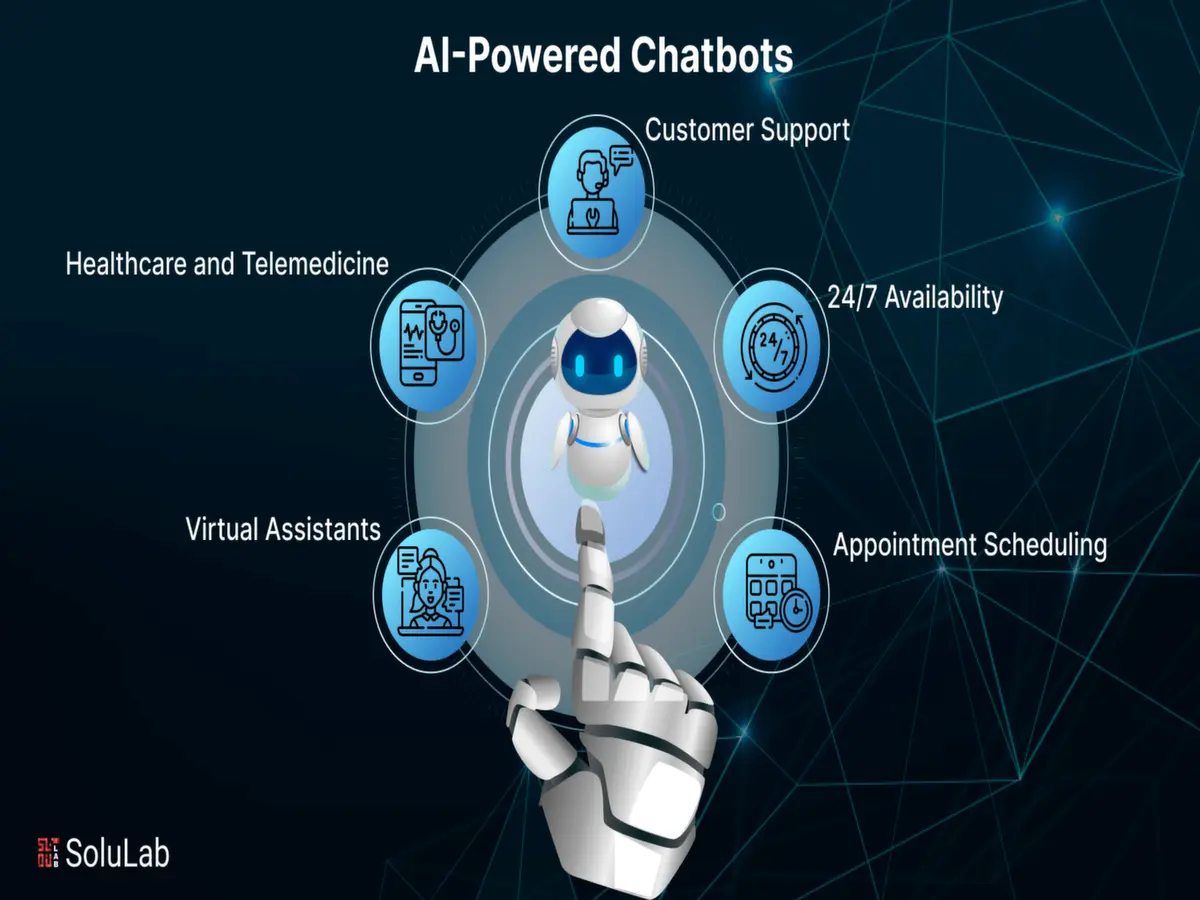
Caption: AI-powered chatbots deliver personalized and human-like interactions.
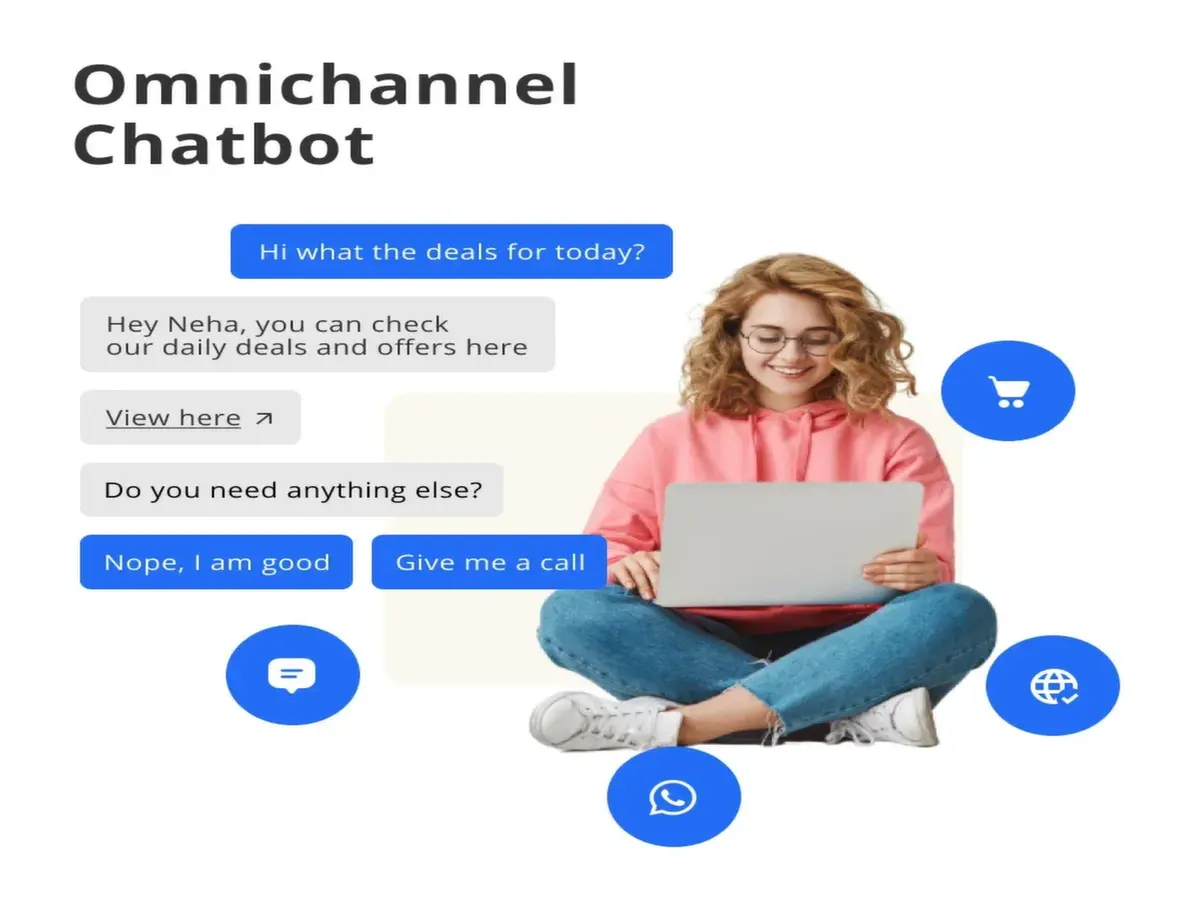
Caption: Omnichannel chatbots provide consistent support across multiple platforms.
Don’t get left behind—embrace the future of customer engagement today!


